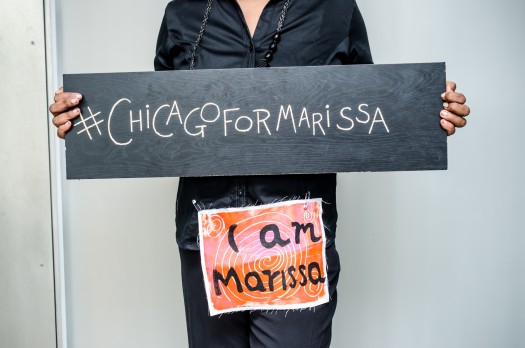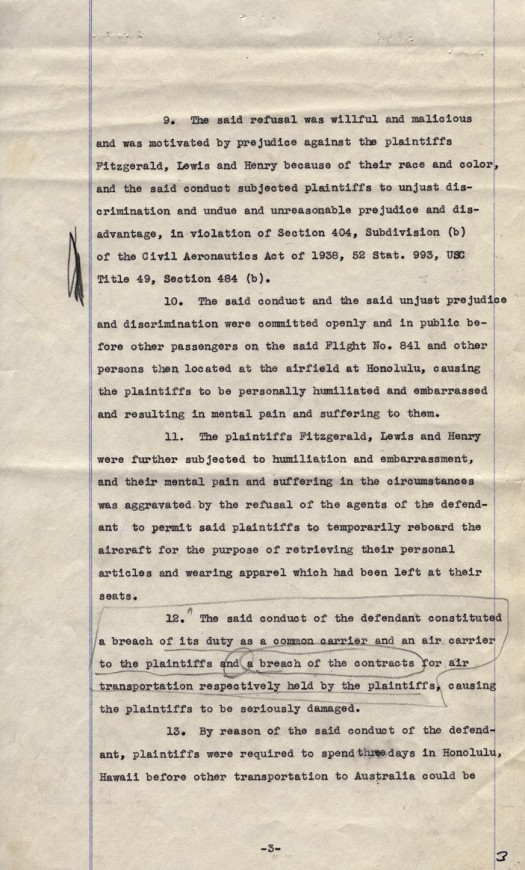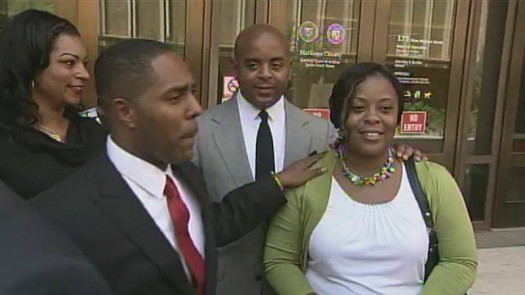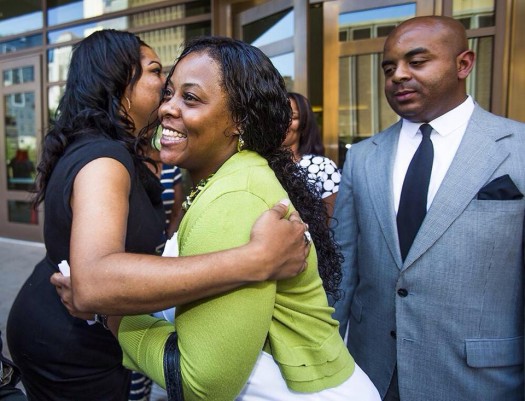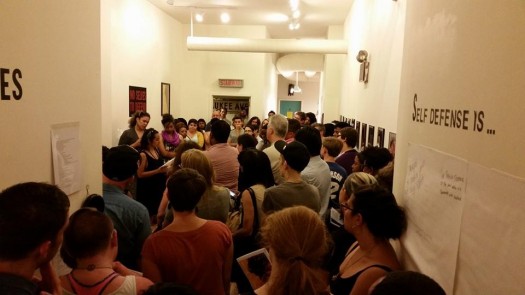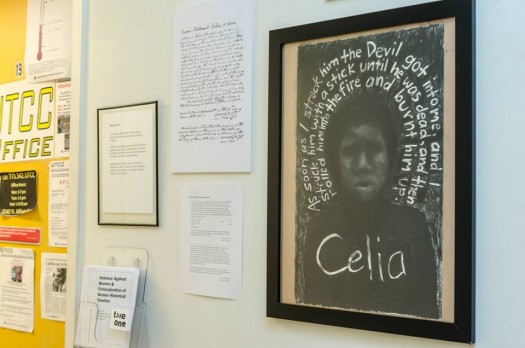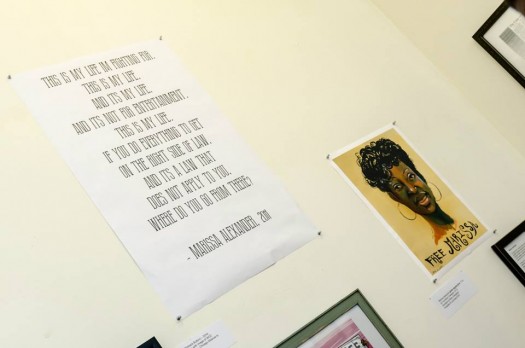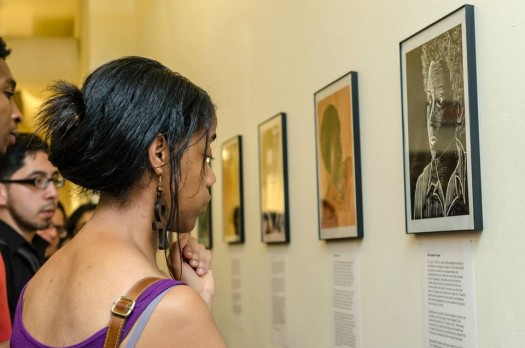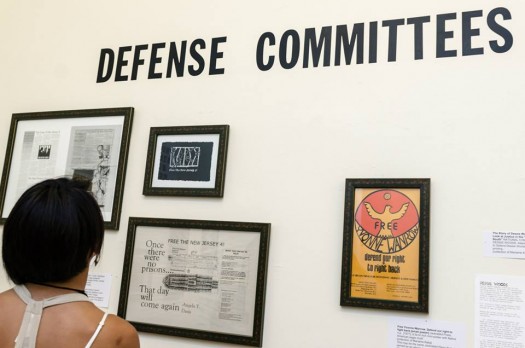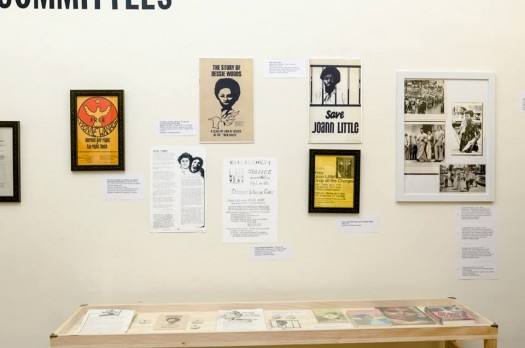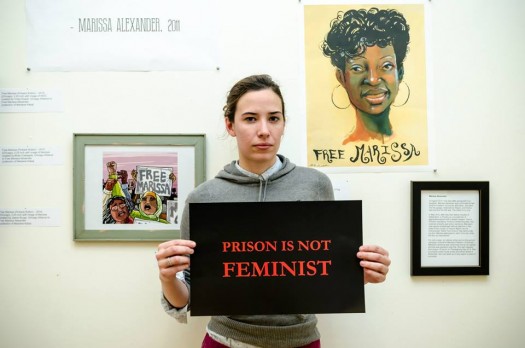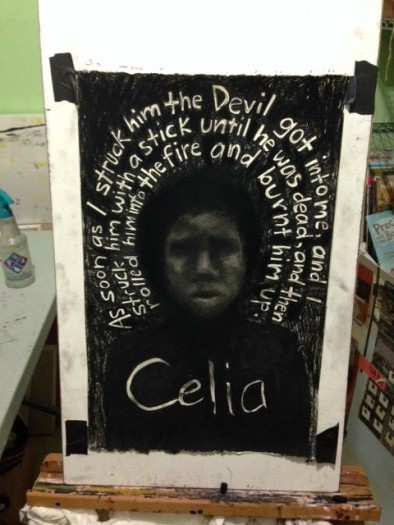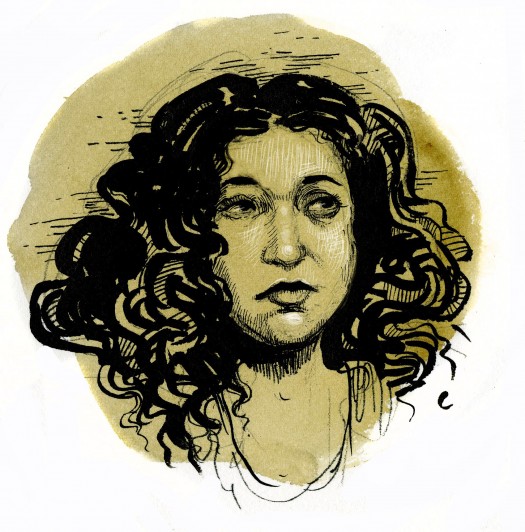Sliced Shoes, Mary Mitchell & Fighting Violence with More Violence
According to Mary Mitchell, “gun-toting teenagers in Chicago are practically laughing at police.” Her solution is for the Chicago Police Department (CPD) to implement New York City’s recently ended stop and frisk policies and practices as a violence prevention measure.
What a sad and pathetic ‘solution’ to interpersonal violence. Mitchell suggests that citizens should willingly forfeit our civil rights and be subjected to more violence in order to decrease interpersonal violence. It makes no sense and is a destructive idea. Mitchell is advocating that Chicagoans cede even more power to a police department that is renowned for its corruption.
On Sunday, I sat in a peace circle with Jaime Hauad’s mother, Anabel Perez. Ms. Perez spoke about her son’s tortured confession secured by CPD. She showed us a copy of that day’s Tribune which had a front page story on her son’s experiences.
“Jaime Hauad was 17 and in the middle of two days of questioning — and alleged torture — by Chicago police investigating a double murder when he saw his chance, his attorneys say.
There, in a hallway as he was led to his second lineup, were his white Filas, gym shoes that he alleges police took from him after they lowered the blade of an office-grade paper cutter over his shoes, while he wore them, slicing at the tips and threatening to cut his toes to try and coerce a confession.
Hauad said he quickly grabbed the shoes — the tips had by then been completely removed — and quietly asked another arrestee, whom he knew from his Northwest Side neighborhood, to switch shoes with him. Take the Filas to my mom, Hauad urged as he took his pal’s Nike Scottie Pippen-edition shoes, and tell her they are trying to get me to confess to a murder.
The shoe switch 17 years ago didn’t prevent Hauad’s conviction and life sentence, as he had hoped, but it was documented in two Chicago Police Department lineup photo arrays, providing “before and after” views that persuaded the Illinois Torture Inquiry and Relief Commission to conclude that Hauad’s torture story was credible and his case worthy of review.”
This is the department that Mitchell advocates be allowed to randomly stop and frisk people across this city. Last week, someone on Facebook posted a video of the Chicago Police Department chasing down and then arresting a 9 year old boy in North Lawndale on the West Side of Chicago.
Watch the video and notice how tiny that little boy who they are arresting is. Notice how many cops there are around him. Imagine how scared he was. Then imagine giving even more license to CPD to stop and harass 9 year old black boys across this city. I refuse. So do many others living in Chicago.
This Saturday, August 2 the We Charge Genocide working committee will launch a project in Chicago by hosting a youth hearing on police violence at Roosevelt University. From 1 to 2 PM, Chicago’s youth will put the system of police violence on trial, breaking their silence to confront the targeted repression, harassment and brutality disproportionately faced by low-income people and young people of color.
Youth aged 25 and under are invited to share their experiences. Personal and community stories of police violence will be told, such as the recent incident where a young man named Damo by the police, hit his head, and later died.
One of the organizers of “We Charge Genocide,” 19 year old Richard Wilson explained the reason for organizing a youth hearing:
“If you’re young and poor and black or brown, the police see you as a criminal. Young people are the future of this city, but you wouldn’t know it by the way we’re treated. Police violence and harassment are a reality in our neighborhoods but we aren’t powerless, we’re putting the system on trial.”
We Charge Genocide is a grassroots, intergenerational effort to center the voices and experiences of the young people most targeted by police violence in Chicago. The name “We Charge Genocide” comes from a petition filed to the United Nations in 1951, which documented 153 racial killings and other human rights abuses committed mostly by the police.
We Charge Genocide seeks to address this tradition of violence by offering a vehicle for needed organizing and social transformation through documentation of youth experiences with the Chicago Police Department, and through popular education both about police abuses of power and about youth-driven solutions and alternatives to policing.
Everyone is invited to attend the youth hearing on Saturday. Details are here.
